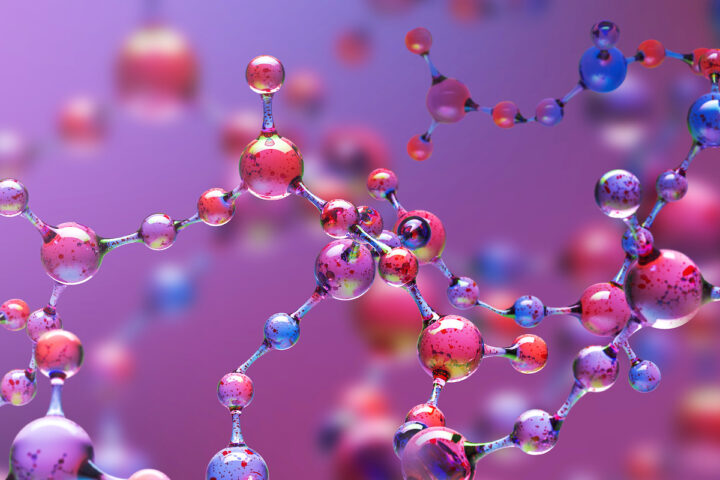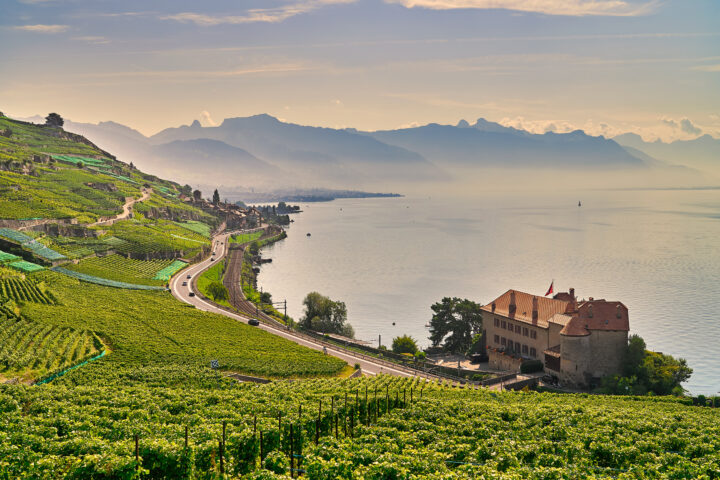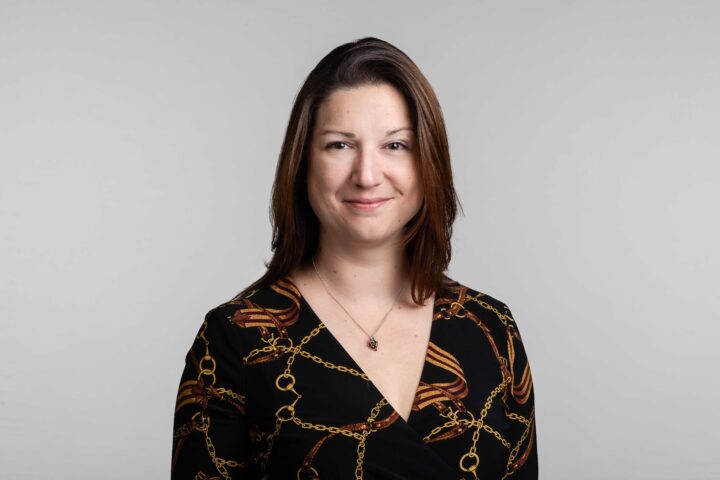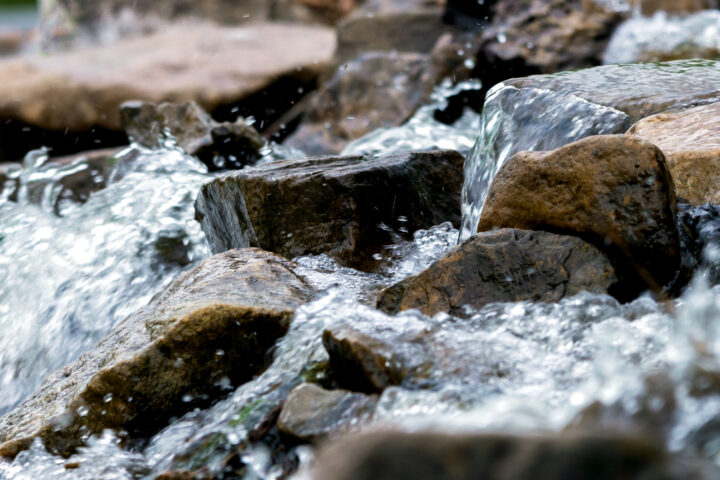
Residues, thresholds, trust – looking calmly behind the headlines
In this conversation with toxicologist Lothar Aicher, the discussion focuses on how residues enter the body, how their potential harm is assessed, and what role modern analytical methods play.
Monday, November 17, 2025
'Alongside medicines, plant protection products are by far the most thoroughly studied substances,' the episode notes – and yet public debate often remains at the surface. Too often, headlines centre on threshold exceedances and blame, while the complex interplay between politics, research and agricultural practice receives little attention.
Aicher explains not only how residues are absorbed through food, the skin or breathing, but also how the body processes these chemicals and which biological degradation mechanisms are relevant.
The podcast encourages a more fact-based discussion: the goal is not to create fear but to explain how threshold values are set, what purpose they serve, what uncertainties exist and how risks can be assessed realistically. Consumers typically take in only small amounts; risk depends on a substance’s toxicity, the quantity absorbed and the frequency of exposure.
Overview of the full series Agrarpolitik – the podcast with swiss-food
The Agrarpolitik podcast and swiss-food.ch explore in a joint series how Switzerland deals with risks, measurements and public perceptions of chemicals – in a factual, clear and practice-oriented way.
The highlight of the series was the live event at Bogen F in Zurich.
Episodes:
Episode 1 with Dr Angela Bearth (Listen to the episode, translated with AI)
Episode 2 with Dr Lothar Aicher (Listen to the episode, translated with AI)
Episode 3 with Dr Michael Beer (Listen to the episode, translated with AI)
Episode 4 with Christine Badertscher (Listen to the episode, translated with AI)
Aicher also explains how the hazard of chemicals is determined: the basis consists of controlled toxicological studies – often animal tests – whose results feed into legally defined safety factors. He also highlights why alternatives to animal testing are becoming increasingly important, both ethically and scientifically.
The episode also addresses how the risk from residues can be reduced: through good agricultural practice, correct application and effective controls. Only when these relationships are clearly communicated can trust and constructive dialogue emerge – essential foundations for mutual understanding and practical solutions in chemical regulation and plant protection. Another focus of the episode is PFAS: Aicher explains why PFAS should be reduced or replaced.
The episode also shows that public debates are often emotional, even when the scientific assessment is sound. Aicher illustrates why we sometimes misjudge hazards – and stresses: 'We tend to assess risks as lower when we perceive a personal benefit.' He points out that alcohol is undeniably a poison – particularly when consumed in high doses. One thing is clear: those who understand the mechanisms behind threshold values and risk assessment can judge risks more precisely and contribute to a fact-based public discussion.
Kindly note:
We, a non-native editorial team value clear and faultless communication. At times we have to prioritize speed over perfection, utilizing tools, that are still learning.
We are deepL sorry for any observed stylistic or spelling errors.
Related articles

Scientists urge common sense
The second swiss-food-talk was attended by three internationally recognised experts from the fields of toxicology, water protection and food safety. They discussed the handling of limit values and the partly wrong interpretation in the public discourse. The scientists pleaded for more objectivity.
Content in German

From molecule to crop protection product
On average, five crop protection products are approved for the market each year worldwide. Developing new products is challenging, time-consuming and expensive. It takes more than 12 years from the start of the search for a suitable substance to the approval of the market-ready product. The costs amount to more than 300 million US dollars. Every new crop protection product must meet strict requirements. The approval procedures for crop protection products are comparable to those for new drugs.

Triazole in Lake Geneva: Authorities give the all-clear
In late summer 2025, the news caused a stir: the substance 1,2,4-triazole – a chemical compound used in a wide variety of applications – was found in drinking water from Lake Geneva. Now the cantons of Geneva, Vaud and Valais have given the all-clear: the water is safe to drink.

Hazard is not the same as risk: how we understand – and should understand – threshold values
In this episode of the podcast, risk researcher Angela Bearth discusses residues and threshold values in food – a topic often debated emotionally. In public discussions, threshold values tend to dominate, while the complex challenges of agriculture are rarely considered. Studies show, however, that once these relationships are explained and solutions are addressed, people respond in a more differentiated way.

PFAS, trade-offs and responsibility – how politics and agriculture find solutions
In this episode of the joint series by Agrarpolitik – der Podcast and swiss-food.ch, National Councillor Christine Badertscher discusses how residues and threshold values are debated in Parliament.

Thresholds, approvals, responsibility – how plant protection products are really assessed
Threshold values are often at the centre of public debate – yet in reality they are only a small part of a much broader risk assessment system. Dr Michael Beer, Head of the Food and Nutrition Division at the Federal Food Safety Office, provides clarity.

Pesticides in Water: The sources are more varied and closer than we think
A new national study reveals that pesticide contamination in Swiss rivers and streams has more complex causes than previously assumed. While substances still originate from agriculture, a considerable share enters waterways through other pathways.

